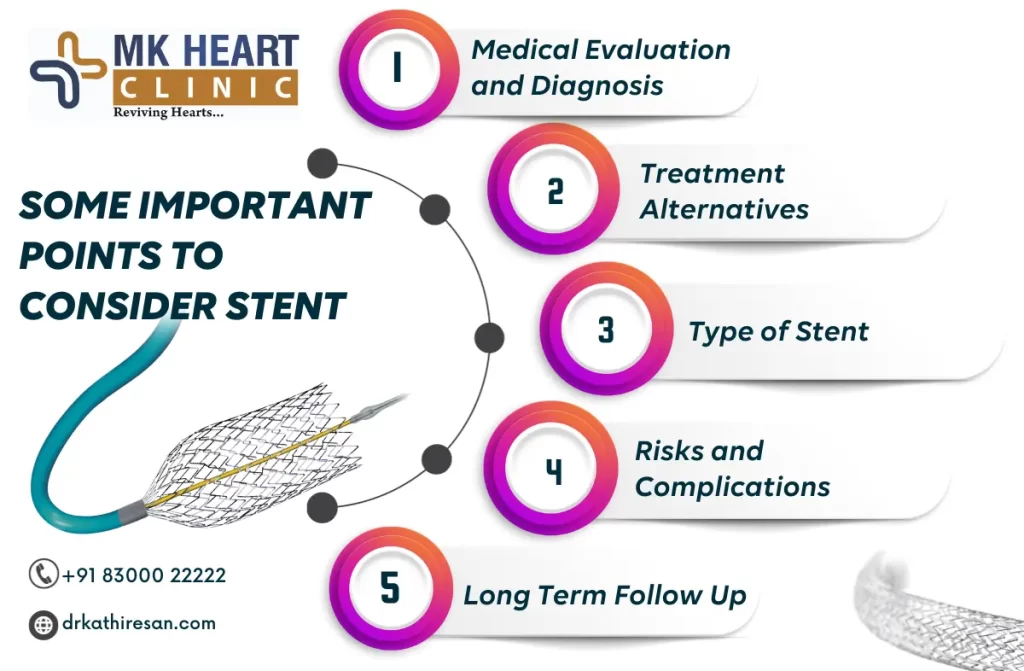Exercise After Heart Attack Stents, can be a life-altering event, and if you’ve recently undergone a stent procedure, you’re likely on a path to recovery and better heart health. One critical aspect of your rehabilitation is exercise after heart attack.
Engaging in regular physical activity can significantly enhance your recovery and reduce the risk of further heart issues. In this blog post, we’ll explore the importance of exercise after heart attack, along with practical advice and tips to help you embark on a safe and effective exercise journey.
The Benefits of Exercise After Heart Attack Stents
Exercise is an essential component of your recovery journey after a heart attack and stent placement. Let’s dive into the benefits that regular physical activity can provide:
- Enhanced Cardiovascular Health: Engaging in exercise helps strengthen your heart muscle, improve circulation, and lower your blood pressure. This, in turn, decreases the workload on your heart and reduces the risk of complications.
- Weight Management: A healthy weight is essential for heart health. Exercise can aid in weight loss or weight maintenance, which plays a vital role in managing risk factors associated with heart disease.
- Stress Reduction: Stress can be a significant contributor to heart problems. Exercise triggers the release of endorphins, which are natural mood lifters, helping you manage stress and anxiety more effectively.
- Improved Cholesterol Levels: Regular physical activity can raise HDL (good) cholesterol levels while lowering LDL (bad) cholesterol levels. This shift in your cholesterol profile lowers the risk of plaque buildup in your arteries.
- Enhanced Mental Health: Exercise After Heart Attack Stents, physical activity is not only beneficial for your body but also for your mind. It can boost your self-esteem, improve your mood, and alleviate symptoms of depression.

Getting Started Safely
Before you embark on your exercise journey, it’s crucial to consult with your healthcare provider to ensure your safety.
- Cardiac Rehabilitation Programs: Many hospitals and healthcare facilities offer cardiac rehabilitation programs. These programs are specifically designed for individuals recovering from heart-related issues and provide guidance on safe exercise.
- Start Slowly: Regardless of your prior fitness level, it’s important to start slowly. Begin with easy activities like walking and gradually raise the intensity. Your body will adapt and strengthen, but it needs time to do so.
- Monitor Your Heart Rate: It’s essential to keep track of your heart rate during exercise. A heart rate monitor can help you stay within your target heart rate zone, ensuring your workout is effective yet safe.
- Stay Hydrated and Maintain Proper Nutrition: Proper hydration is essential, especially if you’re taking medications. Consult your healthcare provider for guidance on the right balance of exercise and nutrition for your specific situation.
Types of Exercise After Heart Attack Stents
There are various types of exercise after heart stents, you can incorporate into your recovery routine:
- Aerobic Exercise: Aerobic exercises, such as walking, swimming, and cycling, help improve your cardiovascular fitness. These activities strengthen your heart and lungs, promoting overall heart health.
- Strength Training: Building muscle strength is equally important, especially when considering exercise after heart stents. Strength training exercises can aid in enhancing your muscle tone, boosting metabolism, and improving your body’s capacity to burn calories efficiently.
- Flexibility and Stretching: Flexibility exercises like yoga or gentle stretching can improve your range of motion and reduce the risk of injury. They’re also excellent for relaxation and stress management.
- Balance and Coordination: Balance exercises, such as tai chi, can help prevent falls and injuries, which are essential considerations, especially for older individuals.
Daily Exercise is a part of Life
To reap the full benefits of exercise after heart attack stents, it’s important to integrate physical activity into your daily life:
- Set Realistic Goals: Begin with realistic objectives, and progressively elevate both the length and vigor of your exercise sessions. Establishing attainable milestones will help you stay driven and on track.
- Create a Routine: Consistency is key. Make exercise a part of your daily or weekly routine to ensure that it becomes a habit.
- Find Activities You Enjoy: Exercise doesn’t have to be a chore. Find activities that you genuinely enjoy, whether it’s dancing, gardening, or playing a sport. If you love what you do, you’re more likely to stick with it.
- Stay Accountable: Consider exercising with a friend or joining a group class. This social aspect can keep you motivated and accountable.
Conclusion
Embarking on an exercise journey after a heart attack and stent placement is a crucial step in your recovery process. It’s an opportunity to regain control of your health and reduce the risk of future heart issues. Exercise after heart attack stents offers a multitude of benefits, from improved cardiovascular health to enhanced mental well-being. It’s an investment in your future.



